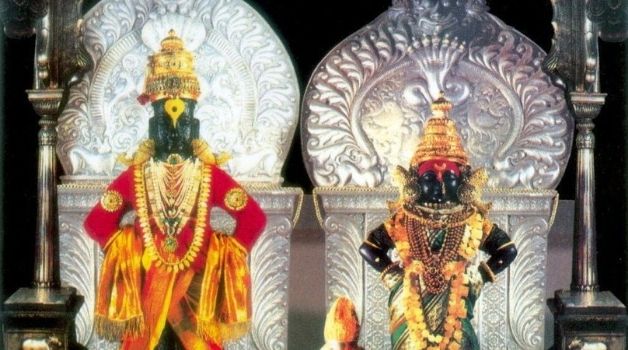Significance of simhachalam chandanotsavam, Sri Varaha Lakshmi Narasimha temple, Simhachalam is a Hindu temple located at the Simhachalam Hill Range, that’s three hundred meters above the ocean stage in Visakhapatnam, Andhra Pradesh, India. It is devoted to Vishnu, who’s worshiped there as Varaha Narasimha. According to the temple’s legend, Vishnu manifested in this shape (lion’s head and human body) after saving his devotee Prahlada from a murder try through the latter’s father Hiranyakashipu. Except on Akshaya Tritiya, the idol of Varaha Narasimha is protected with sandalwood paste all through the 12 months, which makes it resemble a linga. There is more info on the significance of simhachalam chandanotsavam.
Click here to download the app for online pooja Booking
Click here to book Sri Lakshmi Narasimha Homam
Chandanotsavam:
Chandanotsavam (sandalwood festival), additionally called Chandan Yatra, is the maximum crucial festival celebrated in the temple. It is widely known on the festival day of Akshaya Tritiya (April – May) according to the temple’s legend. On this day, the Sandalwood paste, generally called Chandanam, overlaying the root wise during the 12 months is eliminated. As a result, devotees can see the unique form of the deity’s idol for 12 hours as soon as in the entire 12 months.
Significance of Chandanotsavam:
Chandana is carried out to the root wise on 4 days in 12 months: on Akshaya Tritiya and complete moon days of the Vaisakha, Jyeshta, and Ashadha months. Every time, 4 manugus of Chandanam is applied. The sandalwood paste that covers the deity is eliminated early withinside the morning at 4:00 am. The prayers and abhisheka are finished by 6:00 am and then the devotees are allowed to go into the sanctum to look at the unique form of the deity’s idol.
The evening ritual starts with some bathing offerings the root wise; the outstanding ones are Chandana Abhishekam ( abhishekam with water combined with sandalwood powder) and Sahasra Kalasabhishekam ( abhishekam with water from thousand metallic pots). All the 3 meals offerings (Balabhoga, Raja Bhoga, and nighttime offering) are served to the deity at a time to compensate for their mission for the duration of the day. This festival was discovered elaborately in the historical days and a minimum of forty inscriptions report the presents made by various humans on this occasion.






+ There are no comments
Add yours